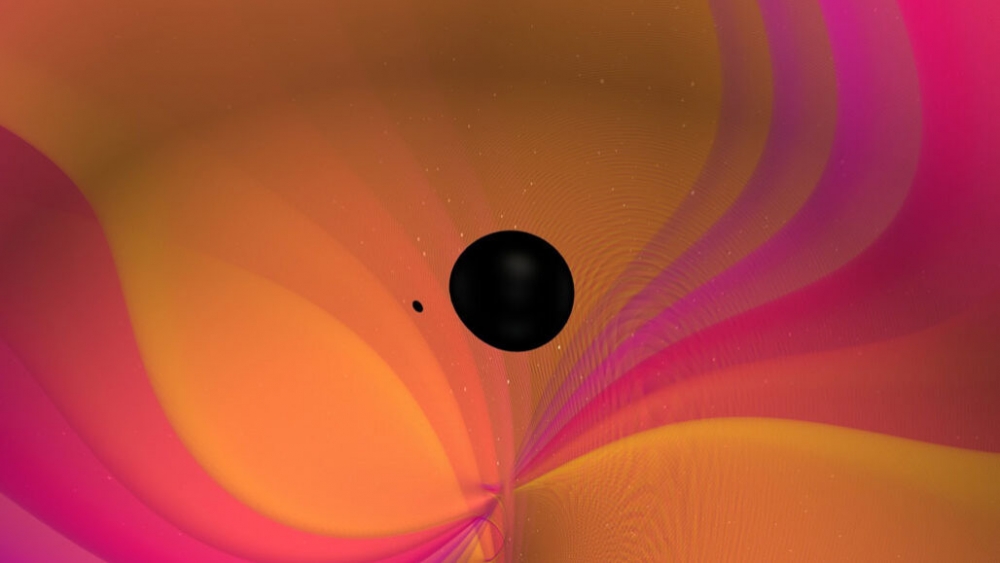LIGO and Virgo’s gravitational wave tally more than quadrupled in six months

Scientists have now detected 50 sets of gravitational waves, many produced when two black holes (illustrated) spiral around one another before colliding and merging into one.
© N. FISCHER, S. OSSOKINE, H. PFEIFFER, A. BUONANNO/MAX PLANCK INSTITUTE FOR GRAVITATIONAL PHYSICS, SIMULATING EXTREME SPACETIMES (SXS) COLLABORATION
By Emily Conover OCTOBER 28, 2020
Earth is awash in gravitational waves.
Over a six-month period, scientists captured a bounty of 39 sets of gravitational waves. The waves, which stretch and squeeze the fabric of spacetime, were caused by violent events such as the melding of two black holes into one.
The haul was reported by scientists with the LIGO and Virgo experiments in several studies posted October 28 on a collaboration website and at arXiv.org. The addition brings the tally of known gravitational wave events to 50.
The bevy of data, which includes sightings from April to October 2019, suggests that scientists’ gravitational wave–spotting skills have leveled up. Before this round of searching, only 11 events had been detected in the years since the effort began in 2015. Improvements to the detectors — two that make up the Advanced Laser Interferometer Gravitational-Wave Observatory, or LIGO, in the United States, and another, Virgo, in Italy — have dramatically boosted the rate of gravitational wave sightings.
See full text